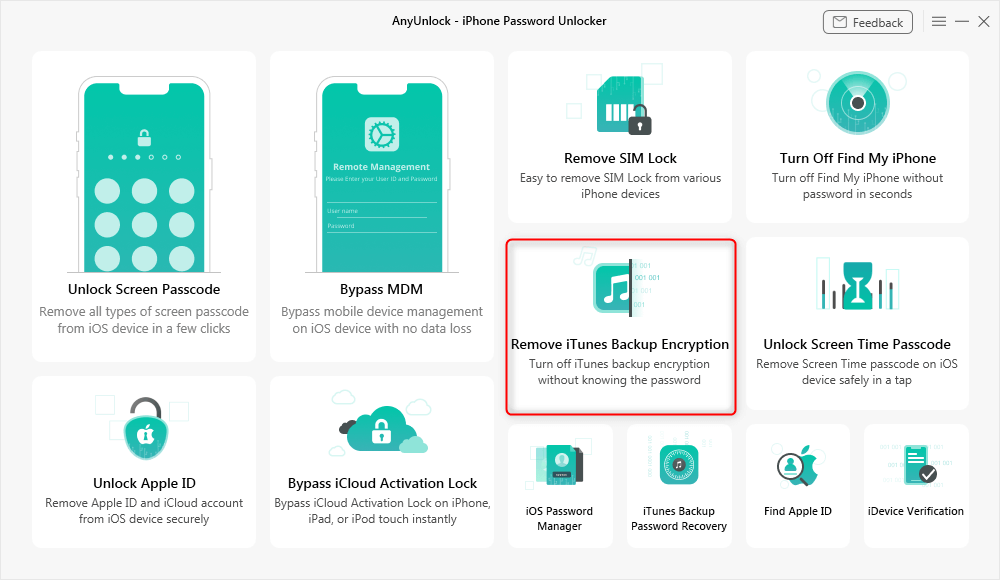

End to end encrypted data meaning software#
In this respect, BIS has taken care to only control real-as opposed to theoretical-exports of controlled technology rather than attempt to capture encrypted data and software when they exit the United States, BIS has shifted the focus of the EAR onto the point at which data and software become visible and/or usable to a person outside the United States. This change is consistent with BIS’ updated definition of “release” to specify that EAR-controlled technology is only deemed to be an export if controlled technology is actually revealed to the recipient ( i.e., that the controlled technology is actually cognizable to the viewer). The rule also notes that the export of the means of access to encrypted information are captured under the EAR and subject to the same level of control as would be the controlled data or software were it not encrypted. The new rule provides a definition of "end-to-end" encryption as cryptographic means that protect data such that the data is not unencrypted between the originator and the intended recipient and where the means of decryption are not provided to any third party.

arms embargoes, as listed in Supplement No.

Data (including technology and software) transmitted from one country to another is not considered to be exported if:Ģ)The data is secured throughout the transmission using “end-to-end” encryption ģ)The data is secured using encryption that, at minimum, meets the standards of Federal Information Processing Standards Publication ("FIPS") 140-2 or its successors or other equally or more effective cryptographic means andĤ)The data is not intentionally stored in a Country Group D:5 country (countries subject to U.S. The new rule lays out a four-part analysis to determine whether data is protected under this end-to-end encryption carveout. Specifically, the BIS rule updates the EAR’s definition of “export” to exclude data that is encrypted end-to-end between the transmitting party and the receiving party. companies attempting to manage controlled technology and software in the cloud or via other solutions that involve offshore storage, access, and transmission of data. In at least one instance, however, the BIS rule offers substantially more flexibility to U.S. As the most recent effort in the Obama Administration’s ongoing Export Control Reform initiative, both rules are intended to streamline and to standardize definitions across the two export control regimes. 35,586) and the International Traffic in Arms Regulations (“ITAR”) (81 Fed. On June 3, 2016, the Commerce Department’s Bureau of Industry and Security (“BIS”) and the State Department’s Directorate of Defense Trade Controls (“DDTC”) both published in the Federal Register final rules updating a number of definitions in the Export Administration Regulations (“EAR”) (81 Fed.


 0 kommentar(er)
0 kommentar(er)
